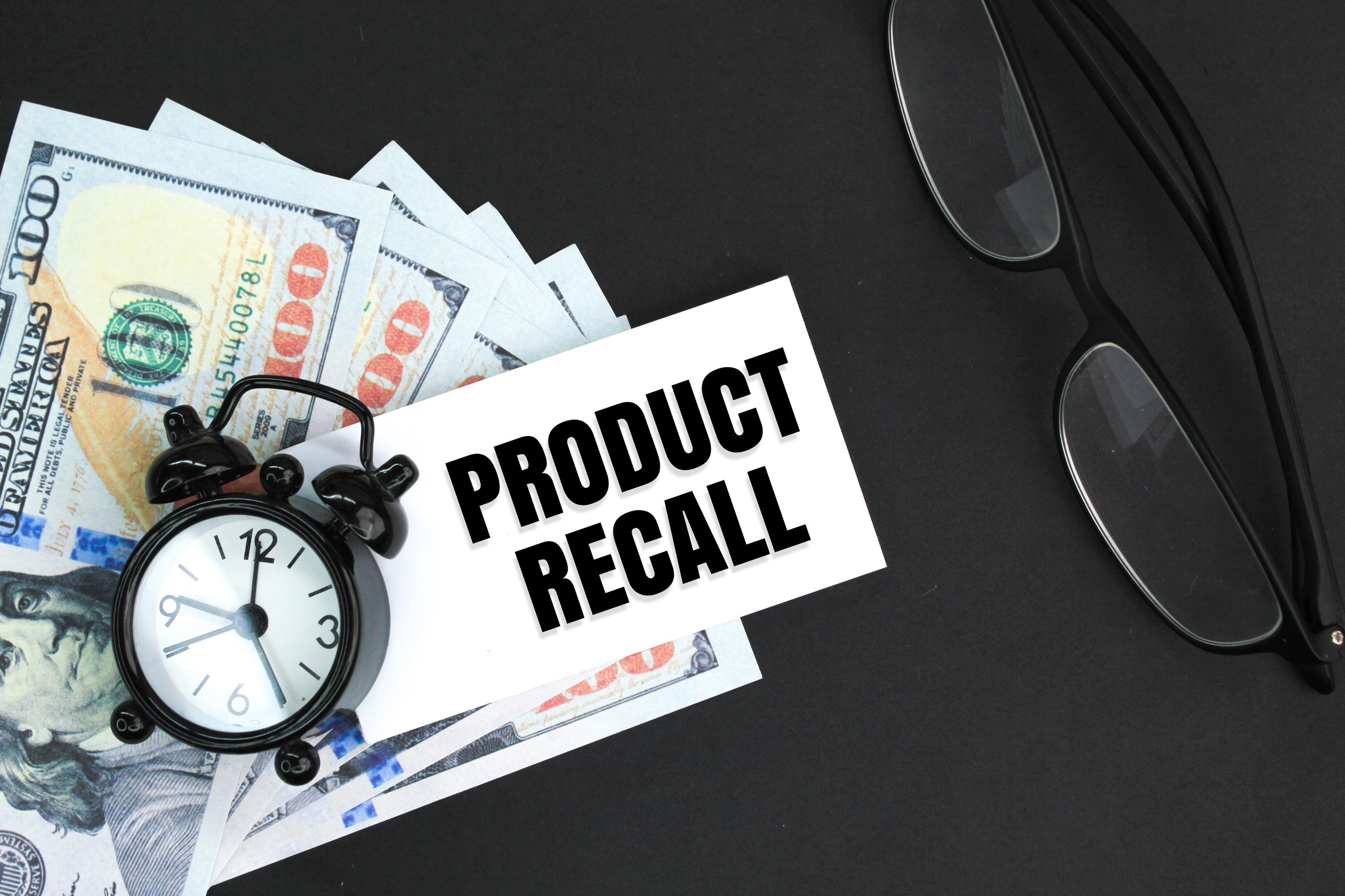
Imagine you just saw a news alert: “Product Recall Issued for [Item You Own].” Your heart races—did you use that device, toy, or appliance recently? Having a product recalled can feel alarming, but how you respond matters more than panic. Taking the right steps can protect your safety, ensure your rights, and possibly get you compensation. Here’s a clear, actionable plan for what to do when a product recall hits close to home.
1. Stop Using the Product Immediately
The first and most important thing after discovering a product recall is to cease using the item right away. Continued use may expose you to danger, especially if the recall is for hazards like fire, choking, sharp edges, or chemical risks. Even if the defect seems minor, it’s not worth taking the chance—defects are often hidden, not obvious. Put the product somewhere safe where it won’t be used by mistake (especially by children or pets). This step alone can prevent accidents while you figure out your next move.
2. Verify the Recall Details and Compare With Your Product
Not every product in a brand’s lineup is subject to the same recall—lot numbers, model years, serials, batch codes, or dates often matter. Check the official recall notice (from CPSC, FDA, NHTSA, or the manufacturer) for those identifiers. Compare your product’s label, serial number, manufacturing date, or batch code against the recall list. Many recalls show those details online or in press releases. If your product matches the affected identifiers, you’re officially in the recall zone and need to proceed carefully.
3. Follow the Manufacturer’s Instructions for Repair, Return, or Replacement
Most recall notices include a “remedy” section telling you exactly what to do: a refund, repair, replacement, or safe disposal. You need to follow those instructions closely—don’t guess or improvise. Contact the manufacturer’s customer service or the recall hotline they provide, and request the authorized remedy. Get documentation—emails, confirmation numbers, or shipping receipts—so you have proof you responded. In many cases, you won’t have to pay for return shipping or repair costs if it’s a valid recall.
4. Know Your Consumer Rights and Possible Legal Options
When a product recall happens, you often have entitlements under consumer protection laws. You have the right to be informed promptly and to receive a proper remedy (repair, replacement, or refund) for a dangerous product. If you or someone else was injured because of using a recalled product, you may also have a right to file a claim or lawsuit for damages. Keep records of all communications, expenses, medical costs, and warranties in case you need legal proof. Even if the company doesn’t volunteer compensation, your documentation can strengthen your position.
5. Safely Dispose of or Return the Product (As Directed)
After you’ve initiated the recall process, you’ll often need to return the product or discard it in a safe way. Some recalls simply require returning the item for disposal or sending it back in a prepaid box. Others may instruct you to disassemble certain parts, disable the product, or return only specific pieces. Follow those disposal or return instructions carefully—improper disposal might create environmental hazards or legal liabilities. Do not donate, reuse, or give the item away; these actions may endanger others and violate recall terms.
6. Stay Alert, Register Products, and Track Recall Notices
To avoid surprises in the future, make product registration a habit—many manufacturers send recall alerts only to registered owners. Use recall databases like CPSC’s site or Recalls.gov to track announcements. Sign up for recall email alerts in categories you care about (electronics, appliances, toys, cars). Also, watch your mail, email, and retailer apps for recall notices—companies often notify owners via those channels. Being proactive means you catch recalls sooner and handle them before they become dangerous.
Turning Recall Alerts Into Smart Action
A product recall doesn’t have to be a crisis if you respond smartly. By stopping use immediately, validating the recall, following official remedies, knowing your rights, disposing with care, and staying vigilant moving forward, you protect yourself and your family. Recalls happen more often than many realize—but how you respond separates panic from safety. Your quick, informed steps can turn a scary alert into a practical resolution.
Have you ever had to deal with a product recall? Share your experience—what did you do, and how helpful was the manufacturer?
What to Read Next
- 7 Things Shoppers Don’t Realize About Food Recalls Until It’s Too Late
- These 9 Items Always Vanish on the First Day a Food Recall Hits the News
- Why Shoppers Say These 9 Products Are Impossible to Find After a Recall
- Why Some Brands Survive a Major Recall and Others Don’t
- 6 Times a Recalled Product Was Still on the Shelf
The post What Should You Do When a Product Is Recalled? appeared first on Grocery Coupon Guide.







